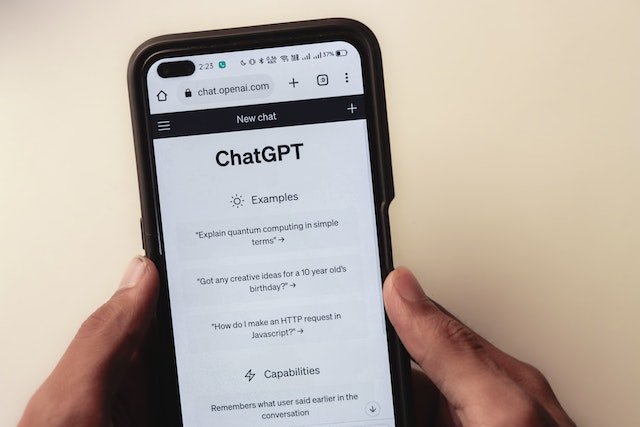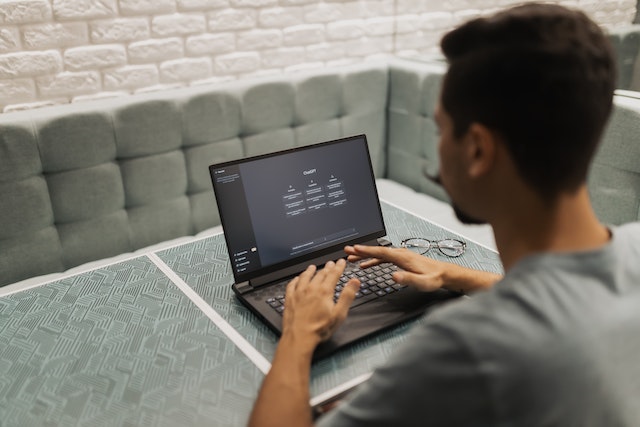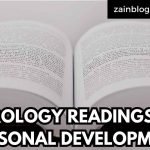ChatGPT is a large language model chatbot developed by OpenAI. It can generate text, translate languages, write different kinds of creative content, and answer your questions in an informative way. ChatGPT is still under development, but it has the potential to be a powerful tool for teachers.
ChatGPT is a large language model chatbot developed by OpenAI. It can generate text, translate languages, write different kinds of creative content, and answer your questions in an informative way. ChatGPT is still under development, but it has the potential to be a powerful tool for teachers.
There are a few things to keep in mind when using ChatGPT in the classroom.
First, it is important to understand how ChatGPT works. ChatGPT is a machine learning model that has been trained on a massive dataset of text and code. This means that ChatGPT can generate text that is similar to human-written text, but it is not always accurate or reliable.

Second, it is important to be aware of the limitations of ChatGPT. ChatGPT is not a replacement for a human teacher. It cannot provide the same level of individualized instruction and support that a human teacher can. However, ChatGPT can be a valuable tool for teachers when used appropriately.
Automating Routine Tasks
ChatGPT can be used to automate routine tasks in the classroom, such as:
- Grading quizzes and tests
- Generating lesson plans
- Creating presentations
- Answering student questions
This can free up teachers’ time so they can focus on more important tasks, such as interacting with students and providing individualized instruction.
Helping Students Learn
ChatGPT can also be used to help students learn, such as:
- Creating interactive learning activities
- Providing feedback on student work
- Answering student questions
- Helping students who are struggling with a particular concept
ChatGPT can be used to tailor the learning experience to each student’s individual needs.
Reducing Friction for Non-Native English Speakers
ChatGPT can be used to reduce friction for non-native English speakers in the classroom, such as:
- Translating content into different languages
- Helping students practice their English speaking and writing skills
ChatGPT can help students to feel more comfortable and confident in the classroom.
Promoting Critical Thinking Skills
ChatGPT can be used to promote critical thinking skills in the classroom, such as:
- Generating different perspectives on a topic
- Asking students questions that require them to think critically
ChatGPT can help students to develop their own ideas and to think more deeply about the world around them.
How to Use ChatGPT for Bias Mitigation
ChatGPT is a large language model that has been trained on a massive dataset of text and code. This means that ChatGPT is likely to reflect the biases that are present in the data it was trained on. For example, ChatGPT may be more likely to generate text that is biased against certain groups of people.
There are a few things that teachers can do to mitigate the risk of bias when using ChatGPT. First, it is important to be aware of the potential for bias.
Second, teachers should use ChatGPT in conjunction with other resources, such as human teachers and textbooks.
Third, teachers should be careful about the prompts they give to ChatGPT. For example, teachers should avoid prompts that are likely to elicit biased responses.
Conclusion
ChatGPT is a powerful tool that has the potential to be a valuable asset for teachers. However, it is important to use ChatGPT responsibly and to be aware of its limitations. By following the tips in this article, teachers can use ChatGPT to improve their teaching and help their students learn.
Learn more about at the link How to Use ChatGPT in the Classroom.








